1. Mexico
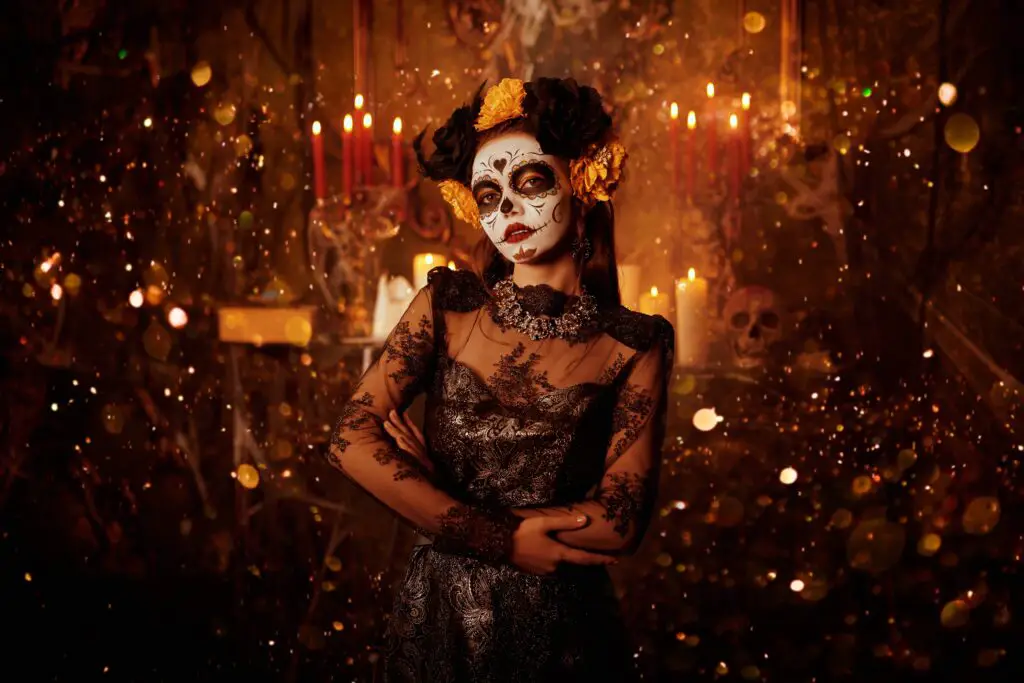
In Mexico, Día de los Muertos (Day of the Dead) is a vibrant celebration filled with color, music, and food. Families create altars, or ofrendas, decorated with marigolds, candles, and favorite foods of their loved ones. Instead of mourning, they believe spirits return to visit, so the mood is joyful rather than somber. Sugar skulls, pan de muerto (a sweet bread), and papel picado (decorative paper) add to the festive atmosphere. Parades, face painting, and even cemetery picnics bring entire communities together. People share stories and jokes about the deceased, making sure their memory stays alive. Death isn’t seen as an end, but rather a continuation of life in a different form says the Mexico Museum.
This belief stems from ancient Aztec traditions, which viewed death as just another phase in the cycle of existence. Catholic influences blended with indigenous customs to create the holiday we know today. It’s such a powerful tradition that UNESCO even recognized it as an Intangible Cultural Heritage of Humanity. Hollywood might depict it with skeletons and animated films, but for Mexicans, it’s deeply personal and meaningful. Families pass down the tradition from generation to generation, ensuring no one is ever truly forgotten. While it may look like a big party, at its core, it’s a heartfelt way to honor and remember loved ones.
2. Ghana
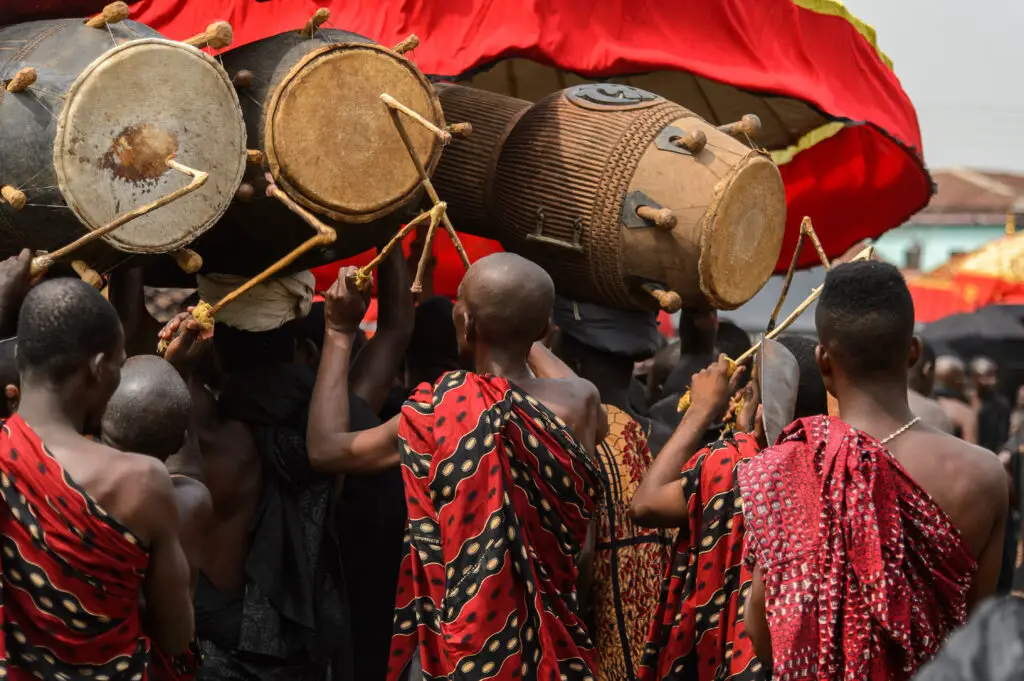
Funerals in Ghana are grand, joyous affairs that celebrate the life of the deceased rather than focusing on sorrow. Families often spend months, even years, preparing for an elaborate ceremony filled with music, dancing, and feasting. It’s not uncommon for these funerals to feel like festivals, with colorful outfits and professional dancers. Some families even hire special “crying women” to lead the mourning in a theatrical way. The idea is that a well-celebrated funeral ensures the person’s smooth transition to the afterlife. The community comes together to show respect, and the bigger the celebration, the greater the honor shares CNN.
One of the most unique traditions is the use of fantasy coffins, shaped like objects representing the deceased’s life. A fisherman might be buried in a giant wooden fish, while a pilot could rest in a plane-shaped casket. These creative designs reflect personality, passions, or aspirations, turning a sad moment into a tribute full of meaning. It’s not just about saying goodbye; it’s about ensuring the person’s legacy lives on. In Ghana, life is temporary, but a joyful sendoff lasts forever.
3. New Orleans, USA
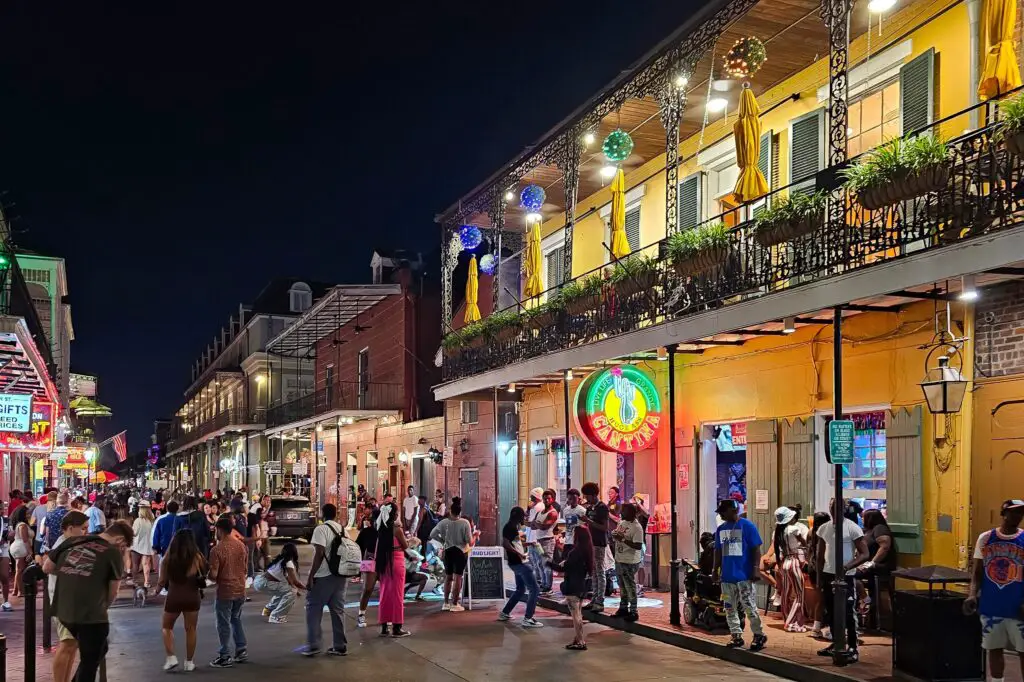
New Orleans jazz funerals are unlike any other burial tradition in the U.S. They start with a slow, mournful march to the cemetery, led by a brass band playing sorrowful tunes. But once the burial is complete, the mood shifts entirely—lively jazz music erupts, and people start dancing. Known as the “second line,” this celebration symbolizes the transition from grief to joy, honoring the deceased’s life with music and movement. Mourners wave handkerchiefs in the air and parade through the streets, inviting anyone nearby to join in. It’s a mix of African, French, and Creole influences, all blending into one of the most unique funeral traditions in the world says Wikipedia.
This tradition comes from West African and Caribbean customs brought to Louisiana during the 18th century. The idea is that music lifts the soul and helps guide the departed into the next world. It’s also a way for loved ones to find closure through celebration rather than sorrow. In New Orleans, a funeral isn’t just about saying goodbye—it’s about making sure the deceased’s journey to the afterlife is filled with rhythm and joy adds Vox.
4. Madagascar
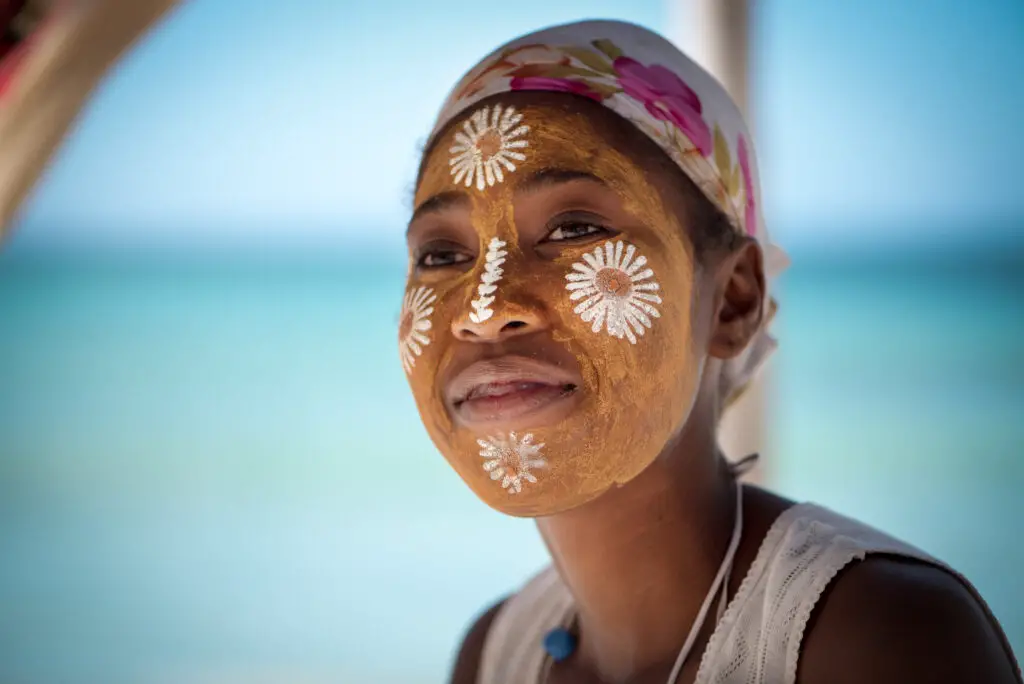
In Madagascar, the Famadihana ritual, or “Turning of the Bones,” is a lively festival that takes place every few years. Families exhume the remains of their ancestors, wrap them in fresh cloth, and dance with the bodies. This practice comes from the belief that the dead remain connected to the living until their bones fully decompose. Relatives share stories, play music, and celebrate, ensuring their ancestors remain part of their lives. It’s a deeply communal event where laughter, joy, and even food play a role.
The celebration can last for days, with entire villages coming together to honor their ancestors. It’s not considered disrespectful—on the contrary, it’s a way of showing love and devotion. Families save up money for years to hold a proper Famadihana, making sure it’s a grand affair. While outsiders might find it shocking, for the Malagasy people, it’s a beautiful way to keep connections alive. Death doesn’t mean separation—it means reunion and remembrance.
5. Indonesia
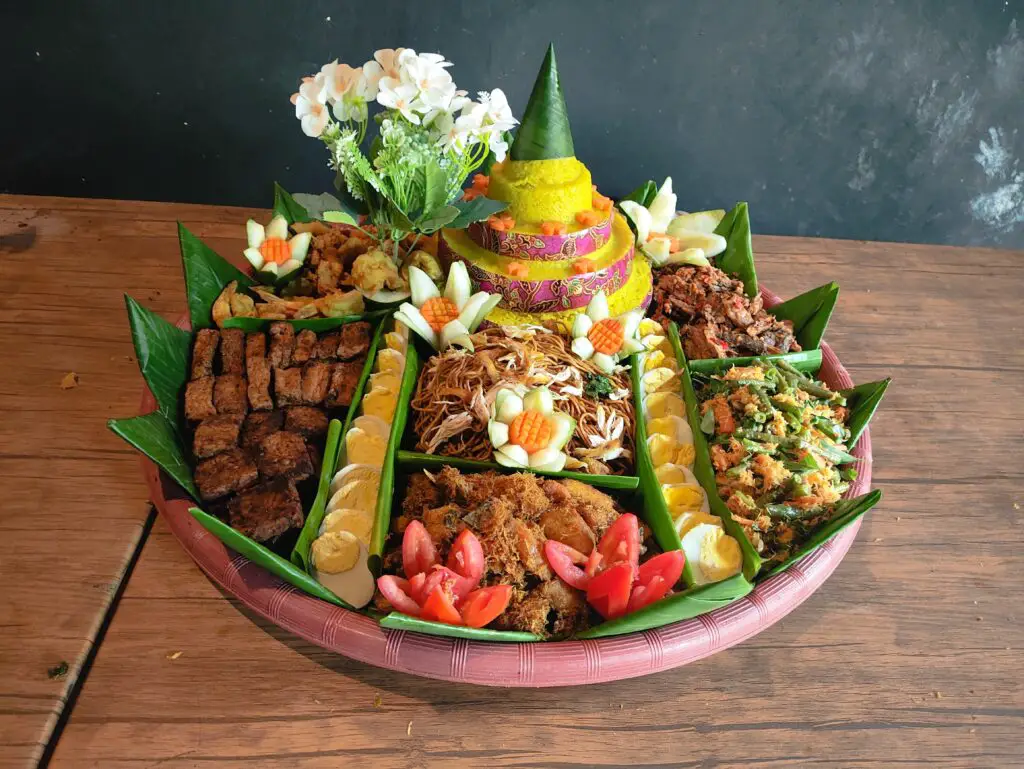
In the Toraja region of Indonesia, funerals are massive, multi-day celebrations that can take months or years to prepare. The deceased are often kept in the home for weeks or even years while families save up for a proper ceremony. During this time, they are treated as though they are merely “sick,” not yet truly gone. When the funeral finally happens, the event includes feasting, dancing, and even buffalo sacrifices. The more extravagant the ceremony, the better the deceased’s journey into the afterlife.
Even after burial, families continue to visit and care for the dead. Every few years, they perform a ritual called Ma’nene, where they exhume, clean, and redress their loved ones. Photos are taken, and families spend time with them as if they were still alive. Rather than seeing death as an ending, the Toraja believe it’s just another phase of existence.
6. Nepal

In Nepal, Buddhist sky burials are a fascinating and sacred practice, especially among Tibetan communities. The deceased’s body is placed on a mountaintop and left for vultures to consume. While this might sound unsettling to outsiders, it’s a highly spiritual act. Buddhists believe in the impermanence of the body, and feeding vultures is seen as a final act of generosity. The ritual helps complete the cycle of life and death, ensuring that nothing goes to waste.
Monks often chant prayers, guiding the soul toward its next reincarnation. The sight of large birds soaring away with the remains is seen as a positive sign. It’s believed that this method releases the soul faster than burial or cremation. While many cultures fear death, in Nepal, it’s simply another step in an endless journey.
7. Philippines
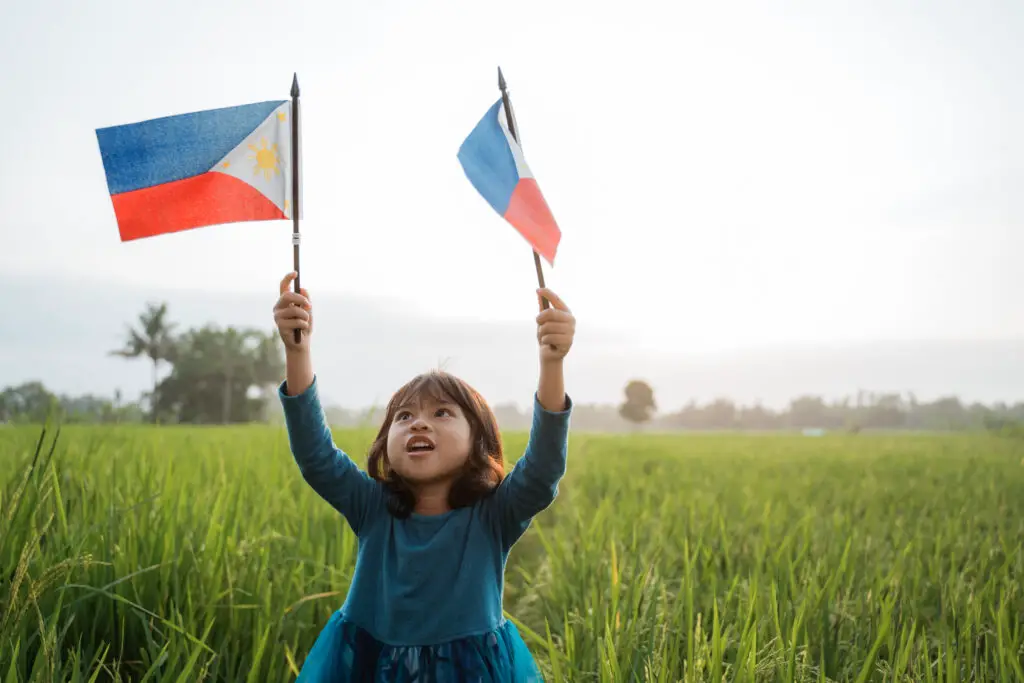
In the Philippines, different regions have their own unique ways of celebrating the dead. The Sagada people hang coffins high up on cliffs, believing it brings the deceased closer to heaven. Meanwhile, the Caviteño community buries their dead in hollowed-out tree trunks. On All Saints’ Day, families gather in cemeteries for an overnight vigil, lighting candles, playing music, and sharing food.
This is not a time of mourning, but a joyous reunion with ancestors. Some even bring guitars and spend the night singing and telling stories. The celebration is as much about the living as it is about the dead. By keeping these traditions alive, Filipinos ensure that death is not a final goodbye, but a reason to gather and remember.
8. South Korea

In South Korea, a growing tradition involves turning the ashes of loved ones into colorful beads. These beads, called “death beads,” are often displayed in glass containers at home as a way to keep the deceased close. This practice has gained popularity because cemeteries are expensive and space is limited. Instead of traditional mourning, families find comfort in keeping these beautiful beads as a reminder of their loved ones. The beads come in shades of blue, green, and pink, making them look more like keepsakes than funeral relics.
While cremation has become more common in South Korea, this unique tradition transforms grief into something tangible and even beautiful. It shifts the focus from loss to remembrance, making death a part of everyday life rather than something to fear. Unlike Western customs that emphasize closure, this practice embraces the idea that the deceased remain part of the family. It’s a deeply personal yet visually striking way to honor those who have passed.
9. India
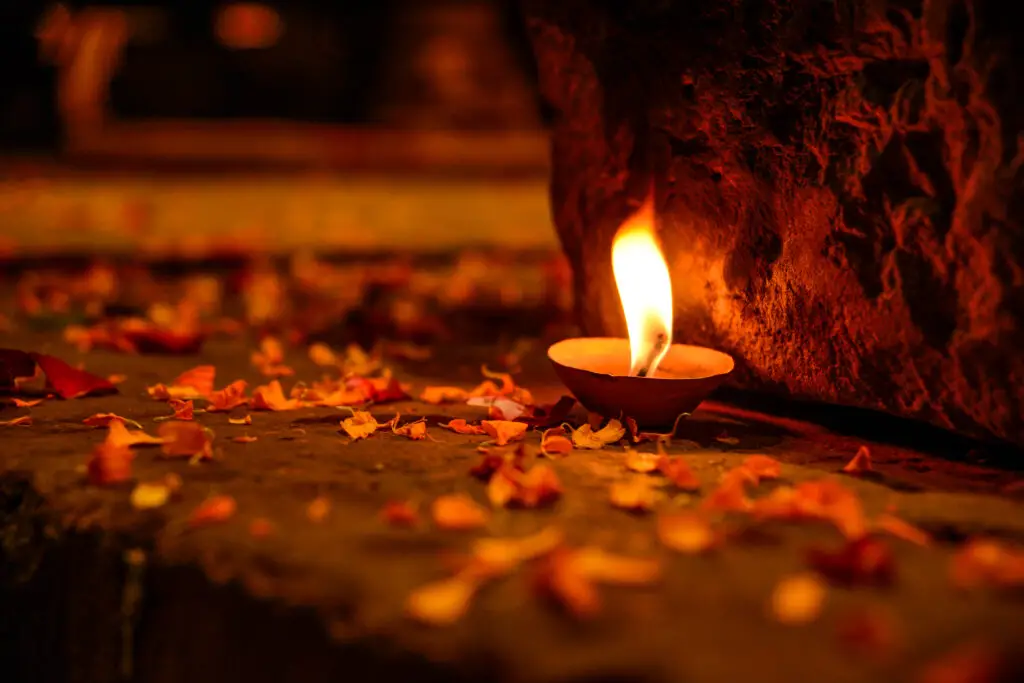
In India, the holy city of Varanasi is one of the most sacred places for Hindus to die. Many believe that if they are cremated along the banks of the Ganges River, their souls will be freed from the cycle of rebirth. The cremation ghats, especially Manikarnika Ghat, burn bodies day and night, with families gathering to witness the rituals. Rather than treating death as tragic, Hindus see it as liberation—moksha—from the endless cycle of life and reincarnation. Priests chant prayers, and loved ones offer flowers and ghee to the flames.
There’s no weeping or wailing here; instead, there is acceptance and reverence for the process. Families may stay by the river, watching the funeral pyres glow against the night sky. This practice has continued for thousands of years, and Varanasi remains one of the most spiritually significant places in the world. For Hindus, death is not an end but a release into something greater.
10. Bolivia
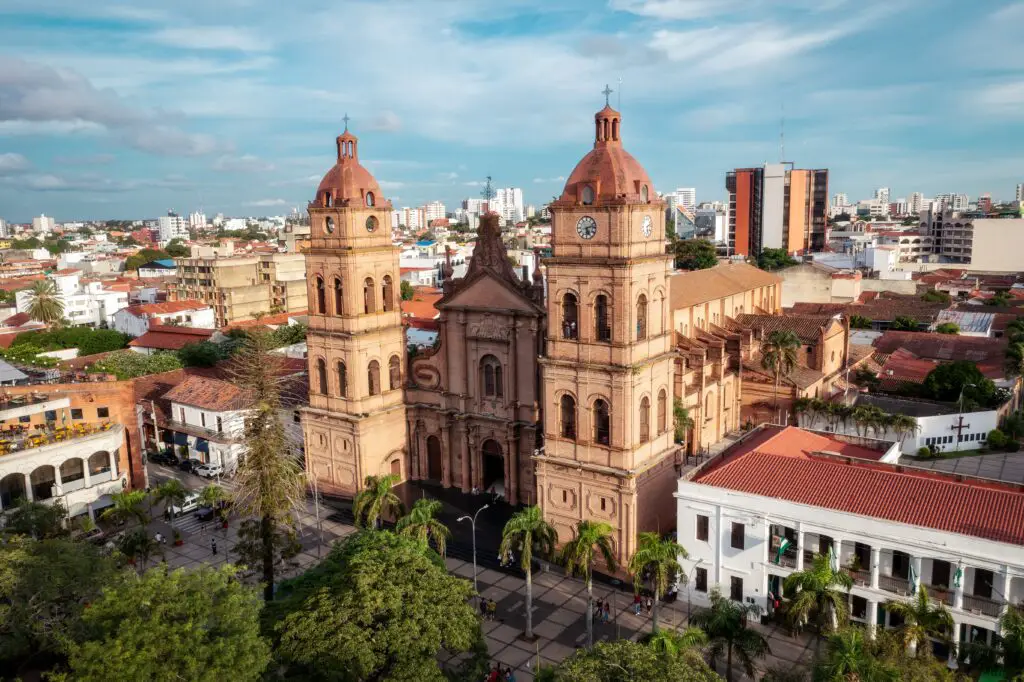
In Bolivia, Día de las Ñatitas, or “Day of the Skulls,” is an unusual yet heartfelt celebration of the dead. People bring out human skulls, often of their ancestors, and decorate them with flowers, cigarettes, and even hats. These skulls, known as ñatitas, are believed to bring protection, wisdom, and good fortune. Families keep them in their homes throughout the year, treating them as guardians. On this special day, they take them to cemeteries or churches to be blessed.
The celebration is a blend of Catholic and indigenous Andean beliefs, creating a tradition that is both spiritual and personal. Rather than fearing the dead, Bolivians invite them into their daily lives. Some even believe the skulls communicate through dreams, offering guidance and support. It’s an intimate connection between the living and the departed, showing that death doesn’t have to mean separation.
11. Japan
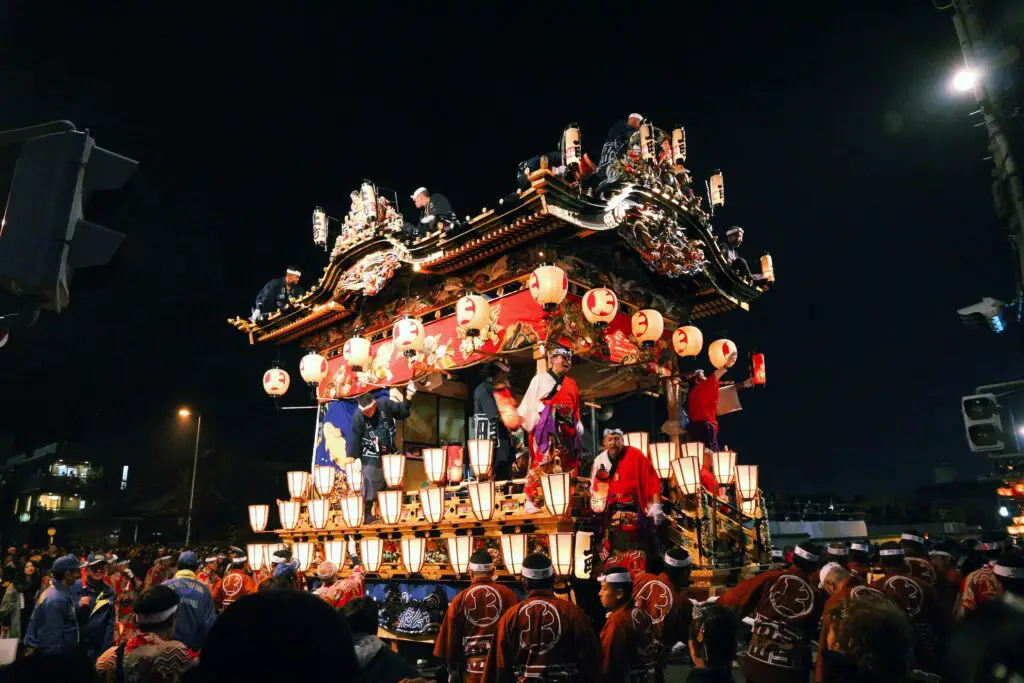
In Japan, the Obon Festival is a three-day event dedicated to welcoming the spirits of ancestors back home. Families clean graves, light lanterns, and prepare offerings to guide their loved ones back for a brief visit. One of the most beautiful traditions is the floating lantern ceremony, where people release glowing paper lanterns on rivers or the sea. The sight of hundreds of lanterns drifting away symbolizes the spirits returning to the afterlife.
Despite its focus on the dead, Obon is a time of joy, dance, and family gatherings. The Bon Odori dance is performed in towns across Japan, bringing entire communities together in celebration. It’s a way to show gratitude to ancestors while embracing the cycle of life and death. The festival reminds people that their loved ones are never truly gone—they return every year to be remembered and honored.
12. Haiti

Haitian Vodou has a unique way of celebrating the dead during Fèt Gede, or the Festival of the Dead. This vibrant event blends African, Catholic, and indigenous traditions, turning cemeteries into places of music, dance, and ritual. People gather at gravesites, pouring rum on tombstones and offering cigars to Baron Samedi, the spirit of death. Possession rituals take place, with participants channeling spirits through rhythmic drumming and dance.
Unlike solemn funerals, this is a lively and often humorous event. The dead are treated as part of the living world, with jokes, laughter, and celebration. People dress in black and purple, the colors of the Gede spirits, and feast in honor of their ancestors. Death isn’t something to be feared—it’s something to be acknowledged, respected, and even laughed at.
